5G leader T-Mobile reports strong first quarter results; stock soars
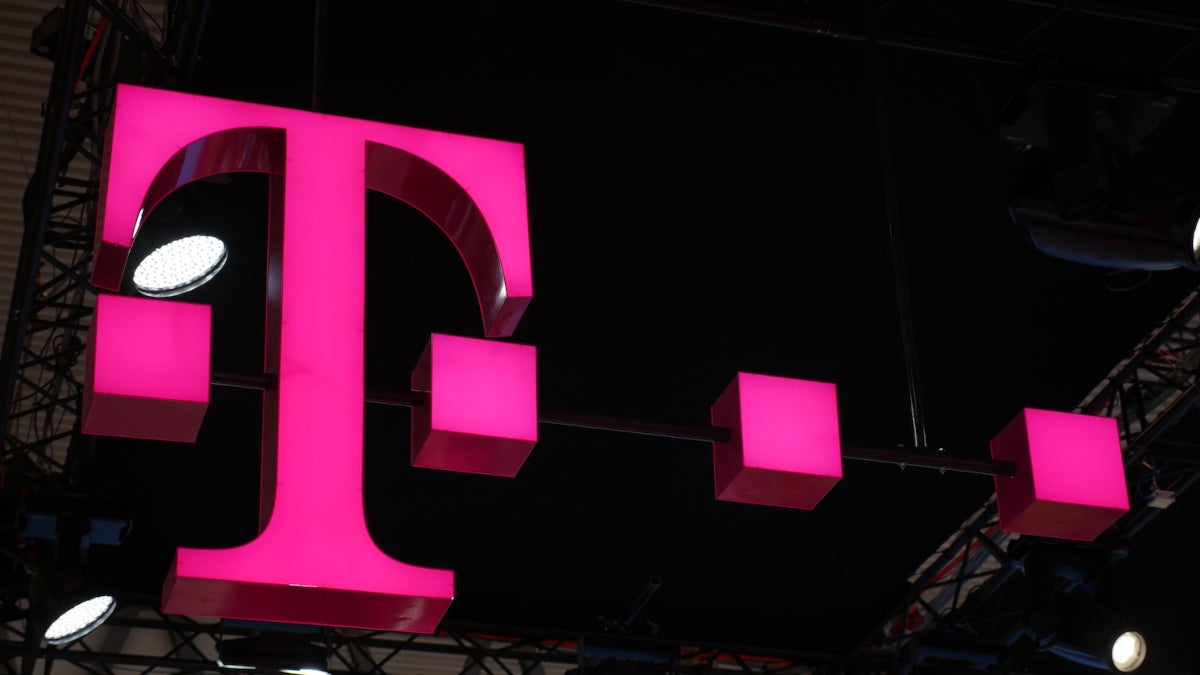
This morning, T-Mobile released its earnings for the first quarter of 2022. During the quarter, the carrier had 589,000 net postpaid phone customer additions. For companies like T-Mobile, this is arguably the most important quarterly metric. At the same time, the wireless provider reported postpaid net customer additions of 1.3 million which not only topped the industry, but it also was the best first quarter increase for the carrier in eight years.
During the quarter T-Mobile also added 348,000 net postpaid accounts which was the best in the industry and an all-time first-quarter record for the company. Additionally, the January-March period saw T-Mobile add a net 338,000 High Speed Internet customers which was the best in the industry and a record high. Postpaid phone churn was .93%, an improvement of 5 basis points year-over-year.
T-Mobile continues to outperform its peers in important growth metrics
Prepaid net customer additions for the quarter came to 62,000 while prepaid churn came in at 2.67%. Prepaid churn is traditionally higher than postpaid churn. T-Mobile now has 109.5 million customers overall which is a gain of 5.9% year-over-year.
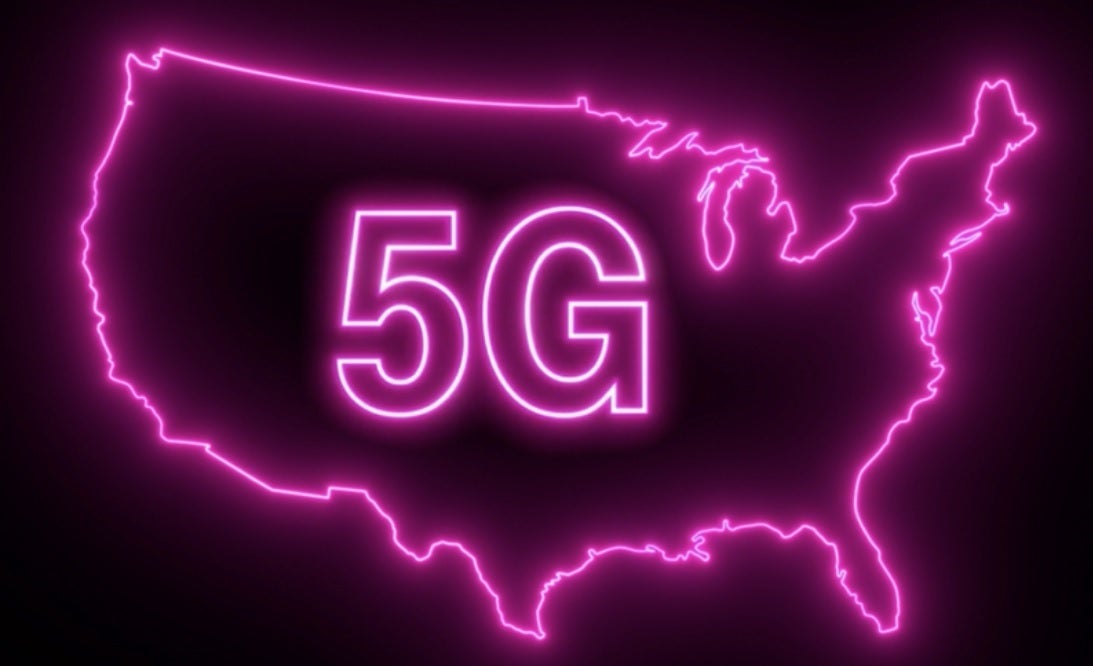
T-Mobile is the 5G leader in the U.S. at this stage
T-Mobile CEO Mike Sievert said, "T-Mobile continues to be the growth leader in this industry, with another beat and raise quarter that delivered front-of-the-pack postpaid, new account, and broadband customer results. Only the Un-carrier’s unparalleled network leadership in the 5G era has enabled us to give customers the best network and best value without compromise, and effectively solve one of the most prevalent pain points in the wireless industry."
Sievert added, "And we are accomplishing this while advancing our integration and delivering bigger synergies faster than expected. I’m excited to carry our momentum forward through the rest of the year."
For the quarter, service revenue of $15.1 billion was an increase of 7% on a year-over-year basis. Postpaid service revenue was up 9%, leading the industry. Net income weighed in at $713 million with diluted earnings per share at 57 cents. The latter is a 23% decline from the 74 cents per share figure reported for 2021's first quarter.
T-Mobile's 5G footprint is four times bigger than Verizon's
5G remains the focus for T-Mobile with 315 million Americans, 95% of the population, covered by the carrier's 5G signals. T-Mobile's 5G footprint of 1.8 million square miles provides four times the coverage offered by Verizon and 30% more than AT&T.
T-Mobile's Ultra Capacity 5G network, which combines its faster mid-band service and mmWave signals, covers 85% of T-Mobile customers and 225 million Americans. Ultra Capacity 5G delivers download data speeds in the range of 200Mbps and faster.
For this year, T-Mobile increased its guidance and is now looking for postpaid net customer additions to be between 5.3 million and 5.8 million, up from its previous estimate of a 5.0 to 5.5 million increase.
Wall Street loved the report as the stock is up $6.07 or 4.86% to $131.03 following the release of Q1 earnings. The 52-week high is $150.20.
For now, T-Mobile remains the King of 5G in the states
Verizon and AT&T decided to start building their 5G networks by focusing on mmWave spectrum and the 1Gbps download data speed that high-band delivers. But what they didn't consider is that high-band spectrum doesn't travel for great distances and can be blocked by structures. That means that unless plenty of time and money is spent, the percentage of Verizon and AT&T customers able to access these zippy data speeds is extremely low.
T-Mobile decided that it would focus on mid-band which is why it bought Sprint; the latter had a hoard of 2.5GHz mid-band spectrum. You can consider mid-band spectrum to be the Goldilocks of 5G. It might not travel as far as low-band, but it travels much farther than mmWave signals. Mid-band might not be as fast as mmWave, but it is faster than the LTE-like speeds delivered by low-band.
And since mid-band service is much easier to find than mmWave signals, T-Mobile customers had a much better shot at finding a fast 5G connection than Verizon and AT&T customers. With little mid-band spectrum available, both Verizon and AT&T spent more than $68 billion combined early in 2021 to win C-band licenses auctioned off by the FCC. These licenses gave the two carriers an improved mid-band presence allowing them to compete with T-Mobile.
Still, the early advantage that T-Mobile had makes it for now, the King of 5G in the U.S.
Follow us on Google News


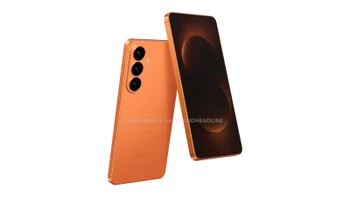




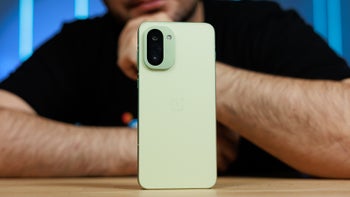
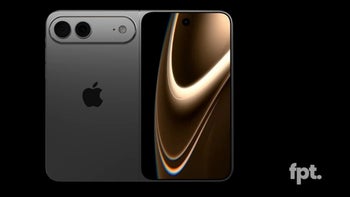
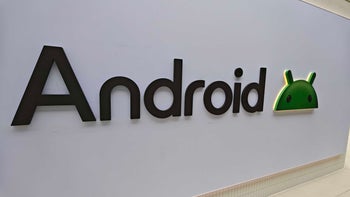
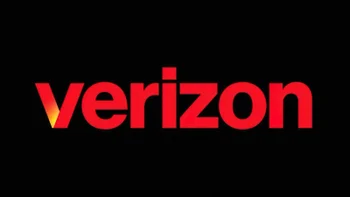

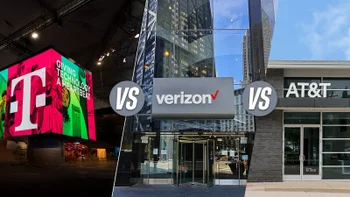
Things that are NOT allowed:
To help keep our community safe and free from spam, we apply temporary limits to newly created accounts: